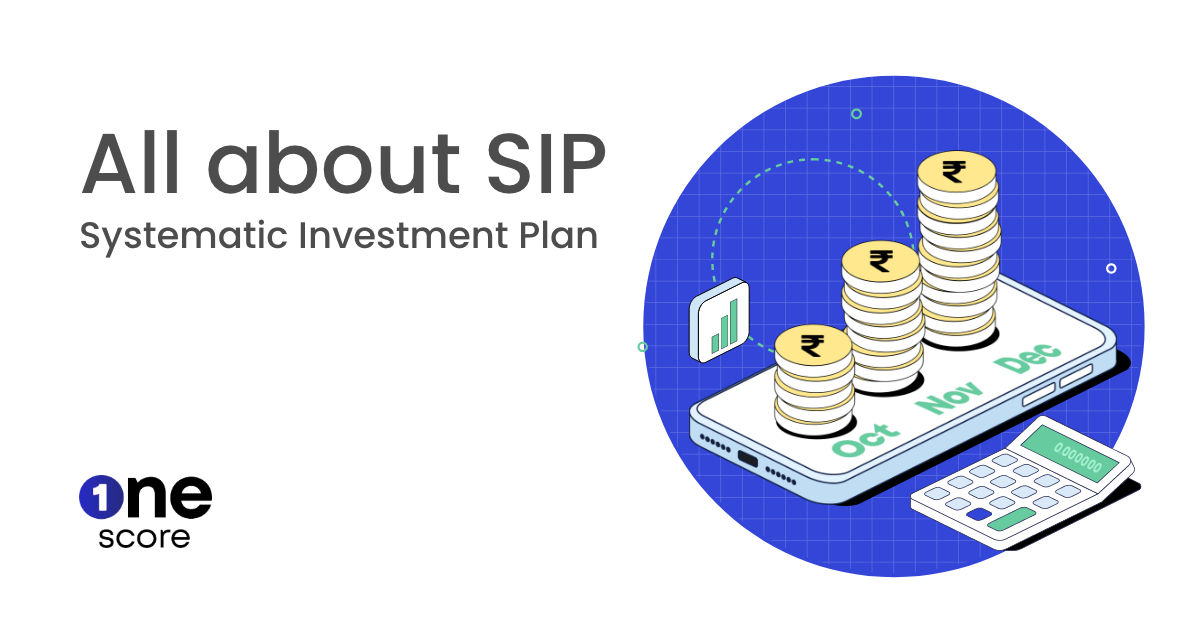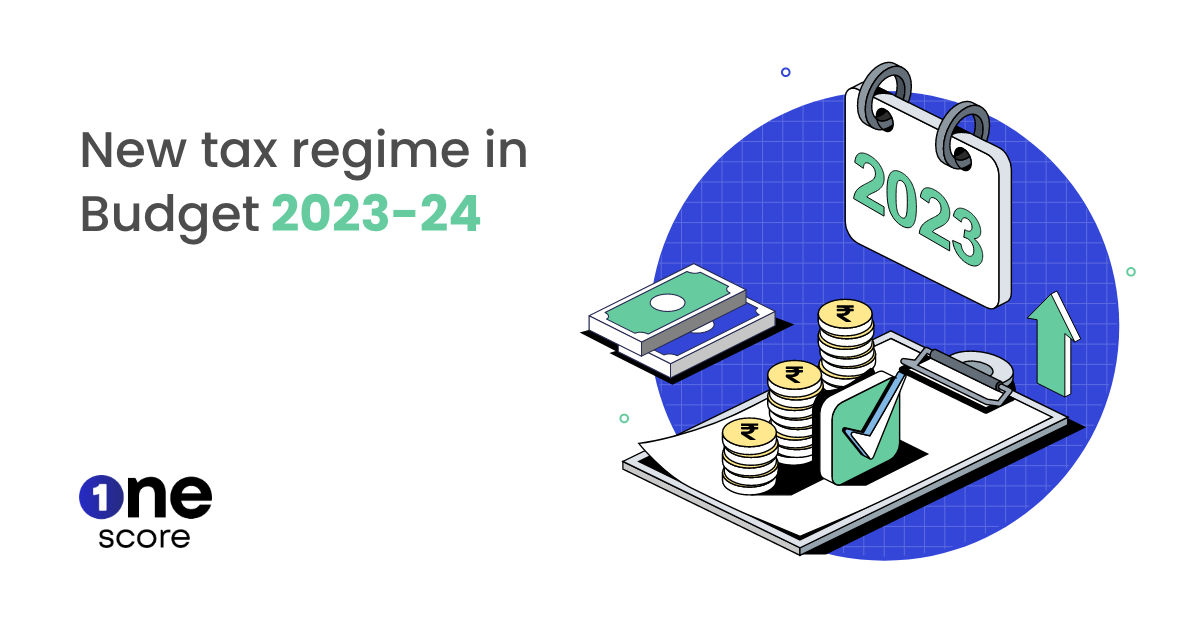What is SIP? How do I invest in a SIP?

SIP investments have gained tremendous popularity among Indian mutual fund investors in recent years. The SIP (Systematic Investment Plan) contributions have increased from Rs. 92,693 crore in 2018–19 to Rs. 1,55,972 crore in 2022–23, up by 68% percent over five years. Many investors today prefer SIPs for long-term goals such as buying a house, a children’s education fund, retirement, etc. SIPs are also far more accessible and affordable investments, and one can start investing with as little as Rs. 100.
What is a SIP investment?
SIPs allow investors to invest in mutual funds in a disciplined and convenient manner. So instead of dumping a big chunk of cash into an investment all at once, you can set up a SIP and invest a fixed amount at regular intervals into your chosen scheme. You can set up SIPs weekly, monthly, quarterly, or biannually at your convenience.
Benefits of SIP investing
1. SIPs balance out risk with diversification
In SIP investments, instead of putting all your money into just one investment instrument, you spread it across different options like stocks, bonds, or other assets. This helps reduce the risk of relying on a single investment. If one investment doesn’t perform well, you have other investments that may still do well, balancing out your overall returns.
2. Compounding interest can make you wealthy in the long run
SIPs are best suited for long-term investing. By investing regularly over an extended period, you can potentially benefit from the power of compounding. When you invest in any investment instrument like an FD, mutual funds, stocks, bonds, etc., you earn returns on that investment in the form of interest or dividends. Compounding involves reinvesting the returns back into the investment instead of withdrawing or spending them. By reinvesting, you’re adding those returns to your initial investment, allowing it to grow further.
Let’s understand this through an example. Let’s say you invest Rs. 500 every month in a mutual fund with a CAGR of 10% over 25 years. Therefore, if you stay invested for 25 years in the scheme, your total investment of Rs.1,50,000 would grow into Rs. 6,68,945, giving 4x returns. This is called the power of compounding.
3. Professional management in SIPs can save you the hassle of researching
SIP investments can be a good option for individuals who do not have the time, knowledge, or inclination to actively manage their investments in stocks. By investing in mutual funds through a SIP, you can rely on the expertise of fund managers and benefit from their research and analysis. The fund manager’s expertise and experience relieve you of the burden of monitoring the market and managing your investment.
4. SIPs are flexible, making them easy to manage
SIPs offer flexibility in terms of investment amounts. You can choose an investment amount that suits your budget and financial goals. Additionally, you have the option to increase or decrease the investment amount or pause and resume the SIP based on your changing circumstances.
Once you set up a SIP, your investment amount gets deducted automatically from your bank account on the specified dates. You don’t have to worry about the timing of investments or manually executing transactions.
5.SIP lets you take advantage of rupee-cost averaging
Since the investment is made regularly, the price at which you purchase units of the investment will vary depending on market conditions. When market prices are high, your fixed investment amount buys fewer units, and when prices are low, it buys more units. Over time, this averaging effect can potentially reduce the overall impact of market volatility and lead to a lower average cost per unit. This is how you can take advantage of rupee cost averaging with SIPs.
How do I invest in a SIP?
1. Determine your investment goal
Goal-based investing is a popular investing strategy that lets you create investment funds according to your goals. These could be long-term goals like retirement planning, buying a house, and children’s education, or short-term goals like saving for a vacation or purchasing a vehicle. E.g., if you are planning to invest to buy a car, you’ll start by identifying how much you need to invest every month and for how many years. SIP calculators can come in handy at this stage.
2. Choose a mutual fund
Research and select mutual funds that align with your investment goals, time horizon, and risk tolerance. Look for good track records and experienced fund managers. You can easily find these details on the specific AMC’s website or even on the investment platforms of your choice.
3. Complete the KYC process
Provide the necessary documents to verify your identity and address. This is usually done online or at the mutual fund’s office.
4. Fill out the application form
Fill in the required details on the application form provided by the mutual fund. Include necessary documents like KYC, bank account details, and a cancelled check.
5. Set up the SIP mandate
Provide instructions to set up automatic deductions from your bank account for the SIP investment. Setting up auto-debit for SIPs streamlines the investment process and enhances discipline. It also aligns with long-term wealth creation goals and provides peace of mind.
6. Monitor your investment
Keep track of your SIP investments and periodically review their progress. As you approach your goals or if your circumstances change, you may need to adjust your SIP contributions, increase or decrease the investment amounts, or make changes to the mutual funds chosen.
7. Bonus tip: Top up your SIPs annually
The SIP top-up facility allows investors to increase their SIP amount by a fixed amount or percentage at predefined intervals. Experts advise investors to top up SIPs annually to combat inflation, keep up with salary hikes, and eventually meet their investment corpus faster.
Remember, SIP is a long-term investment approach, so it’s important to stay invested for a considerable period to maximise its benefits. If you have any doubts, consult with a financial advisor for guidance.
Frequently Asked Questions
1. How much do you need to invest in SIPs?
You can start investing in SIPs with as little as Rs. 100.
2. Is SIP a better investment than FD?
SIPs can potentially earn you better returns in the long term. However, FDs offer guaranteed returns, and SIP returns are subject to market risks. You must do your own research and invest according to your risk appetite.
3. Is SIP tax-free?
You can claim a deduction of up to Rs. 1,50,000 per year on SIPs in ELSS mutual funds. However, not all SIPs are tax-free.There will be no income tax on SIP returns if they are below Rs. 1 lakh within the financial year. However, there will be an LTCG tax of 10% on long-term capital gains above Rs 1 lakh per year.
4. How can I stop my SIP?
You can cancel your SIP by logging on to the respective mutual fund’s website. If you invested through a mutual fund distributor, you can do so directly on their platform. You can also cancel your mutual fund SIPs offline by notifying your bank and the respective AMCs.
To stay informed on all things personal finance, download OneScore.
**Disclaimer: The information provided on this webpage does not, and is not intended to, constitute any kind of advice; instead, all the information available here is for general informational purposes only. FPL Consumer Services Private Limited and the author shall not be responsible for any direct/indirect/damages/loss incurred by the reader in making any decision based on the contents and information. Please consult your advisor before making any decision.






- OneScore , June 21, 2023

